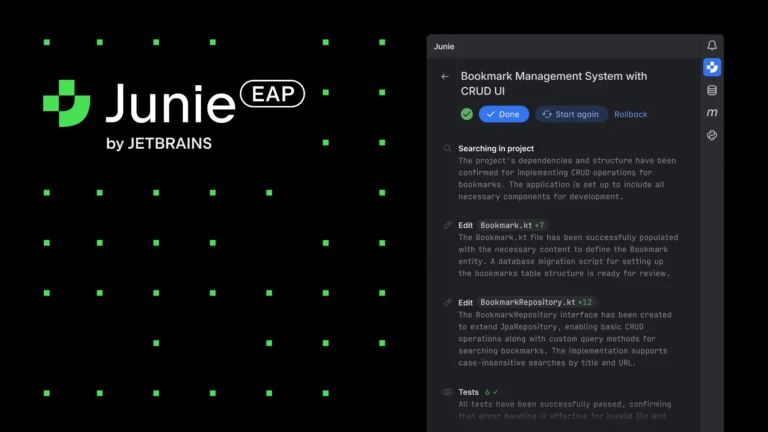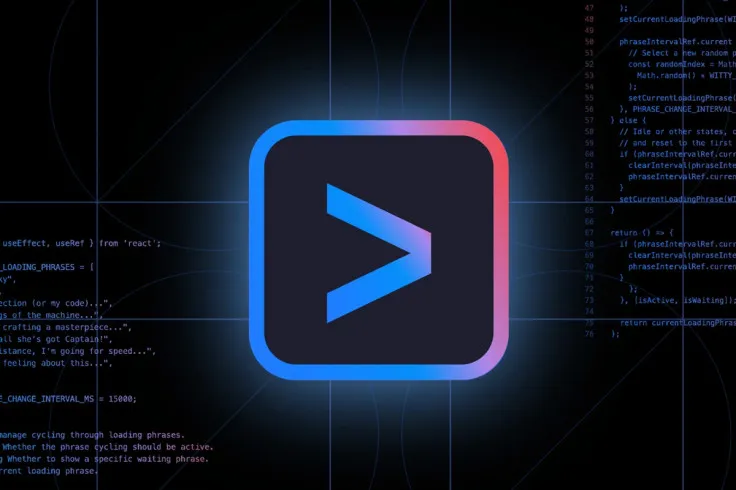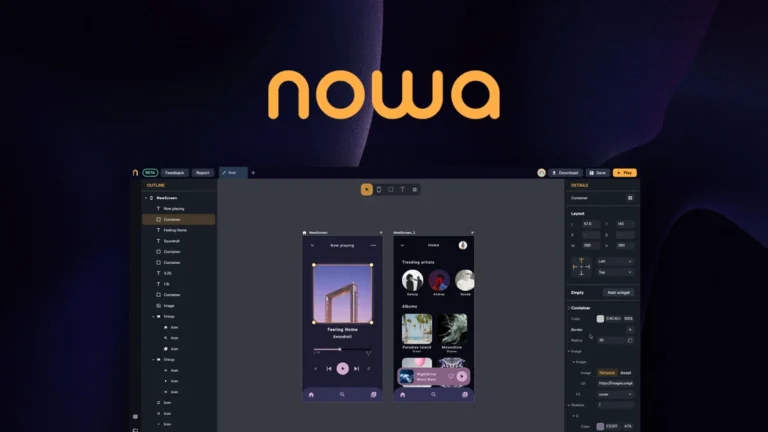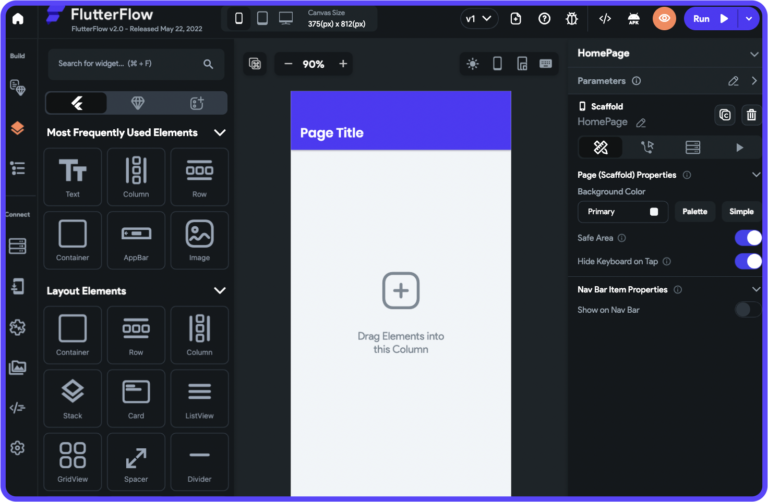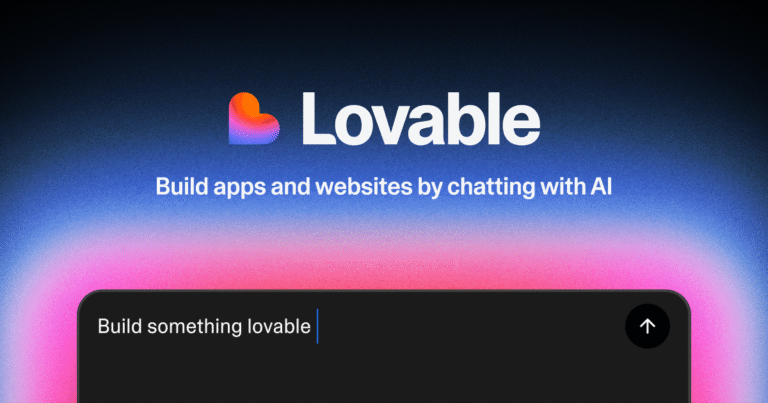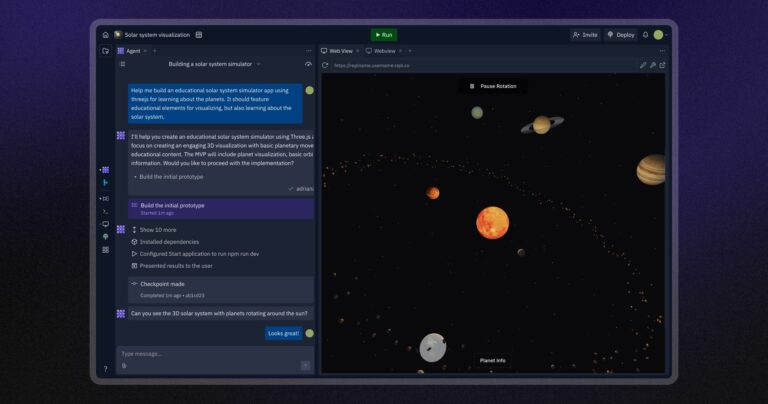Vibe coding is a new programming paradigm in which, instead of writing code manually, the developer describes their needs and goals in natural language, and artificial intelligence (AI) generates the code based on that input. This approach shifts the developer’s role from a traditional “coder” to a solution architect, tester, and product vision creator.
The term was introduced in 2025 by Andrej Karpathy and quickly gained popularity in the IT industry. Vibe coding is based on collaboration with large language models (LLMs) such as Claude, ChatGPT, Gemini, and tools like Cursor Composer, which can generate, correct, and optimize code based on user descriptions and commands.
Key Features of Vibe Coding
- Conversational Programming – coding becomes a dialogue with AI rather than painstakingly writing each line of code.
- Rapid Prototyping – AI enables instant creation of prototypes, idea testing, and iteration on solutions.
- Democratization of Software Creation – even people without advanced technical knowledge can build applications by focusing on problem and goal descriptions.
- Changing Developer Role – the developer becomes a “problem architect” who manages requirements, tests, and refines the AI-generated code.
- Creativity and Flow – vibe coding promotes working in a flow state, with AI handling routine tasks while the human focuses on the creative aspects of the project.
What Does Working in the Vibe Coding Style Look Like?
- You describe what you want to achieve – in a few sentences, without technical jargon.
- AI generates the code – a ready solution or prototype is created based on your description.
- You test and refine – check the functionality, request changes or improvements from the AI.
- You iterate – repeat the process until you achieve a satisfactory result.
Example: Instead of writing a backend from scratch, you simply say:
“Create a REST API for task management with user authentication and a PostgreSQL database” – the AI generates the code, and you can then test and further develop it.
Advantages of Vibe Coding
- Time savings – AI automates repetitive tasks and generates code faster than humans.
- Increased team productivity – developers can focus on architecture, testing, and innovation.
- Easier onboarding – lower entry barriers for juniors and non-technical contributors.
- Faster prototyping and iteration – ideal for startups and agile teams.
Challenges and Risks
- Lack of full control over the code – AI may generate suboptimal or hard-to-maintain solutions.
- Risk of bugs and security flaws – automatically generated code requires thorough verification.
- Responsibility for quality – the developer must test and supervise the code, even if not understanding all technical details.
- Dependence on AI tools – requires adapting workflows and learning how to collaborate effectively with language models.
Vibe Coding in Practice – Tools
The most popular tools supporting vibe coding include:
- Cursor – generates and improves code based on natural language commands.
- Claude, ChatGPT, Gemini – large language models integrated with code editors.
- GitHub Copilot, Replit AI, Windsurf, Aider – AI assistants for coding, suggestions, and automation.
The Future of Vibe Coding
Vibe coding is more than a trend – it’s a real shift in how software is created. Already, 25% of Y Combinator startups use AI-generated code for 95% of their projects. In the coming years, we can expect further development of tools, integration of AI across the entire software development lifecycle, and the emergence of new roles within IT teams – from prompt architects to AI testers.
Conclusion
Vibe coding represents a new era in software development that democratizes access to app creation, accelerates prototyping, and allows developers to focus on the creative side of their work. However, it also demands a new approach to quality control, testing, and security. For teams like chdr.tech, it’s an opportunity to implement innovations faster and deliver bold projects – in sync with the rhythm of AI.


